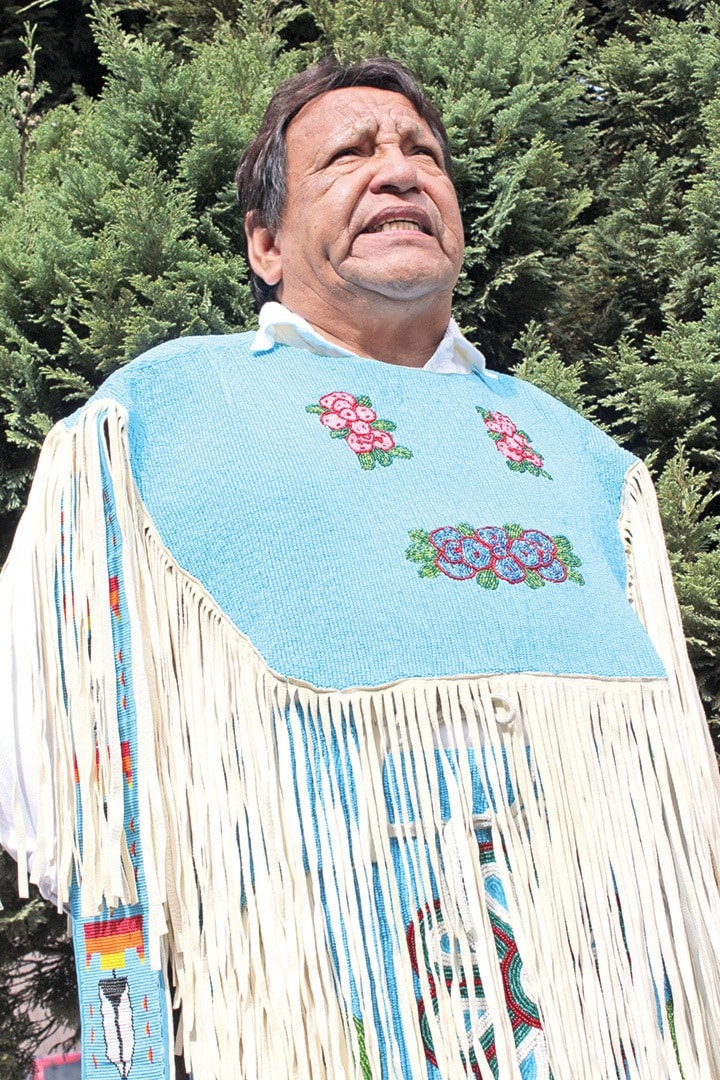Laurie McDonald is First Nations residential school survivor, having attended the Ermineskin residential school in Alberta as a child.
He witnessed abuse in the form of neglect, physical and sexual abuse of children and emotional abuse.
“All those things were part of it,” said McDonald, an instructor at the Caring for First Nations Children Society in Langford. “It’s not ancient history. And we’re certainly feeling the affects of it.”
Today the healing from this dark chapter in Canadian history continues with the Truth and Reconciliation process, which strives to help all Canadians to move forward through understanding and acceptance.
Tuesday, Sept. 3 brings a Truth and Reconciliation community event to the Caring for First Nations Children Society (664 Granderson Rd.). The society will host an open house and two elders from the Tsawout First Nation will speak on their experiences and the importance of the reconciliation process.
“We’re hoping to have some of the aboriginal community and the non-aboriginal community come, so we can create that awareness and make those connections with the community,” said Linda Lucas, executive director.
The event will be an opportunity for the public to learn about the truth and reconciliation process and to form a better understanding of its importance to First Nations communities, and Canada.
“Unfortunately a lot of people don’t really understand the true concept of what it really means,” McDonald said. “They have to know a little bit of the history of residential schools.”
Residential schools were started in the 1870s when the Government of Canada partnered with Anglican, Catholic, United and Presbyterian churches to operate boarding schools for aboriginal children. The driving concept was to assimilate and integrate First Nations into Anglo-Saxon Canadian society.
Across Canada 132 federally-supported residential schools operated at various times up until 1996. More than 150,000 children attended.
Many of the children were taken from their homes for mandatory attendance. Students were forbidden to speak their languages or practice their culture. Many received inadequate food and many others report experiences of abuse, illness, medical experiments and other injustices.
In 2008 Prime Minister Stephen Harper officially apologized for the Canadian Government’s role in this “sad chapter in our history.” The Truth and Reconciliation process grew from the apology and is ongoing. It will culminate with a collection of stories from the schools’ survivors.
“This is an opportunity for people to learn, not only about the history but how that history continues to impact today,” said Lucas. “When people talk about aboriginal people, or First Nations people, there’s a tendency to blame them for their poverty or for their addictions, for living on the street, without having a context for it, an understanding of how our history continues to have those impacts.”
McDonald believes healing is possible and that aboriginal and non-aboriginal communities can live together and understand one another.
“We can’t do nothing about the past, but we can certainly do a lot about the future,” McDonald said. “It’s not a matter of getting even, it’s not a matter of putting blame and it’s certainly not a matter of someone taking ownership for it. It’s an awareness.”
Sept. 19 to 21 the National Truth and Reconciliation Commission will be at the PNE in Vancouver to engage the public and educate on the history of residential schools in Canada and its lasting impact. The commission will also collect statements and host a survivor gathering at the event.
The Langford event begins at 11 a.m. with the open house. Presentations start at 1 p.m.
kwells@goldstreamgazette.com
